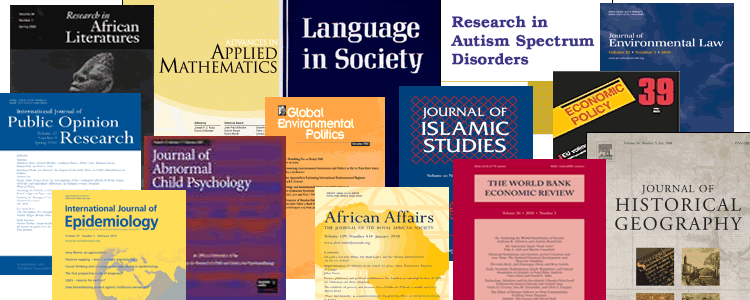
 Evaluating Resources
Evaluating Resources
When searching for materials to use for your research paper, it is important to be very selective about what you choose. Look for resources that are scholarly and are from a reliable source. While you may use Wikipedia to find basic information about your topic, be sure not to use it for your citations. Instead, look at the list of references in the Wikipedia entry and try to find a reliable source of information that backs up what you found in Wikipedia. Google may also be used to find a website that will give you basic information about your research topic, but be careful about what sites you choose.
See the section below on Evaluating Websites. You may also use Google Scholar to help you find journal articles and see if they are available via the library. More importantly, use scholarly books and journal articles that are available via the library website.
Criteria for Evaluating Websites- Cornell University Library
Understanding Scholarly Articles
Presented by the North Carolina State University (NCSU) Libraries, this tool identifies and describes each element that comprises
a scholarly research article. Anatomy of a Scholarly Article
Scholarly Sources
Merriam-Webster's Learner's Dictionary defines scholarly as:
1) concerned with or relating to formal study or research
2) having the characteristics of a scholar (Source)
What to look for:
___________________________________________________________________________________________________________
 Popular Sources
Popular Sources
Popular means fit for, or reflecting the taste and intelligence of, the people at large.
What to look for: